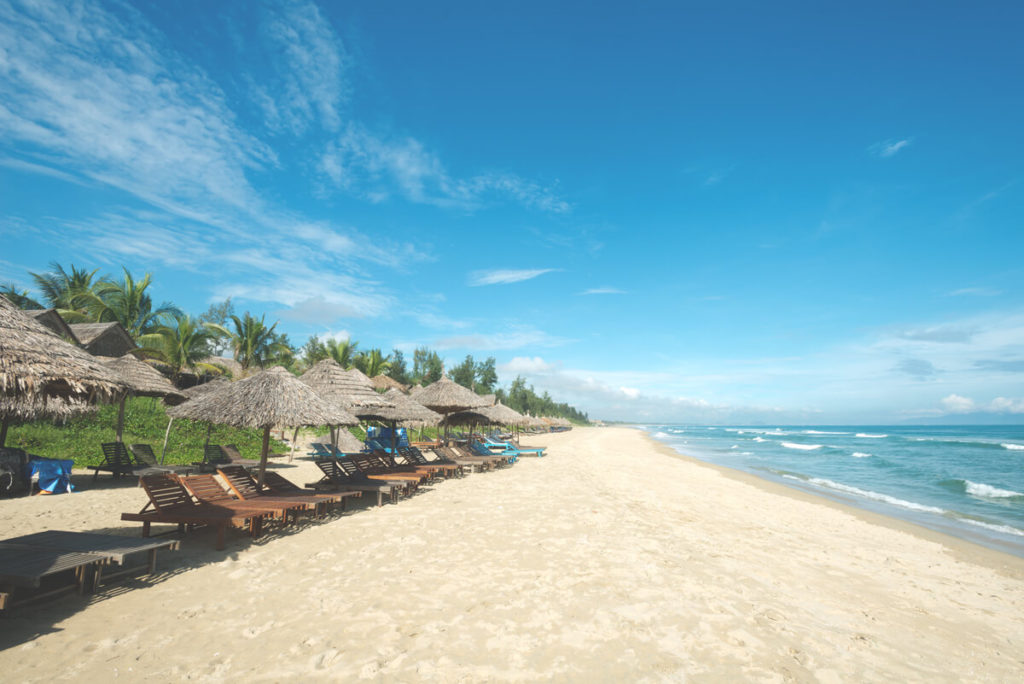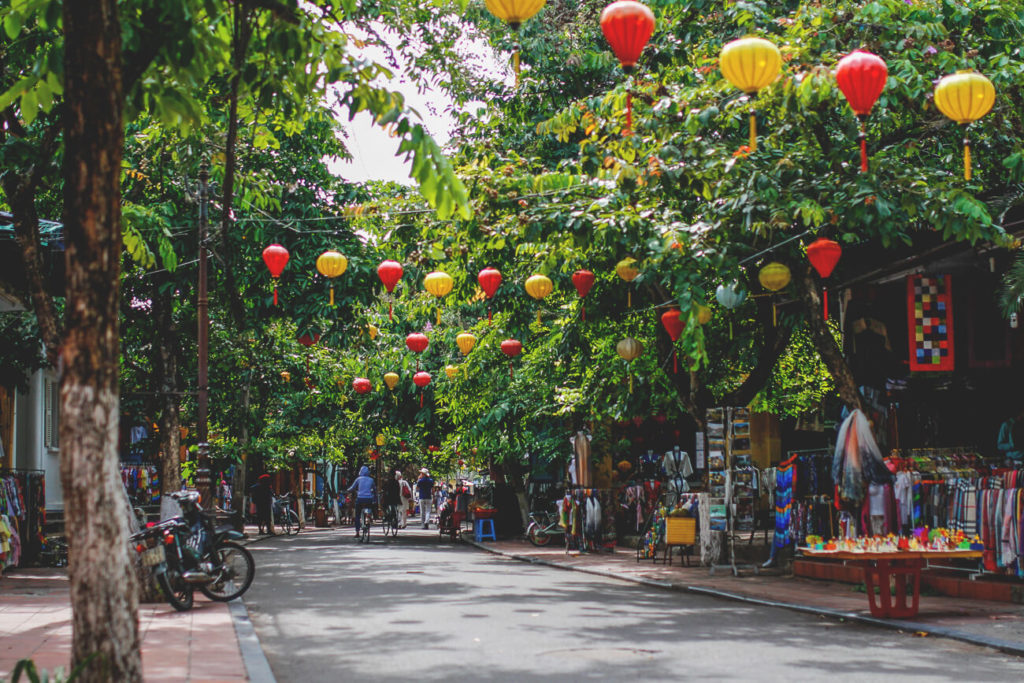Vietnam, a culturally fascinating country that welcomes you with miles of white sandy beaches, tropical temperatures, stunning landscapes, and incredibly friendly people. Anyone who lumps Vietnam together with all the other countries of Southeast Asia is seriously underestimating the country. This long, thin patch of land on the coast of the South China Sea is quite different from its neighbors. If you’re planning a trip to Vietnam, you should familiarize yourself with the climate beforehand. You’ll learn everything about the best time to travel to Vietnam in this article today.
This might also interest you:
- Entry and Visa Vietnam
- Everything about Saigon in Vietnam
- Our trip to Hoi An
- The best travel tips for Thailand
- The best travel tips for Malaysia
- Information and highlights in Indonesia
- Adventurous Hong Kong
- Travel tips & highlights in Singapore
- This might also interest you:
- All information at a glance:
- Best time to travel to Vietnam
- Climate in Vietnam
- Best time to travel to South Vietnam
- Best time to travel to North Vietnam
- Best time to travel to Central Vietnam
- Monsoons & typhoons in Vietnam
- Conclusion on the best time to travel to Vietnam
All information at a glance:
Best time to travel to Vietnam
Unfortunately, no one can give you a general answer about the best time to travel to Vietnam. Since the country is divided into 3 climate zones, the best time to travel depends entirely on which region of the country you want to visit. But don’t worry, I’ve taken a close look at the country’s three zones and will help you find the right time to travel. In general, the months between October and April/May are particularly suitable for a tour of the country.

Climate in Vietnam
If you decide to travel to Vietnam, you can expect a subtropical to tropical climate, which means generally high humidity, alternating rainy and dry seasons, occasional monsoon rains, and pleasantly warm to hot daytime temperatures averaging 27°C. These are definitely pleasing conditions for your beach or backpacking holiday in Vietnam.
Best time to travel to South Vietnam
From November to January, the south of the country awaits you with warm, dry days and plenty of sunshine. Temperatures range between a pleasant 28°C and 30°C during the day. At night, however, the air cools down considerably, where you can look forward to a good night’s sleep at 20°C. From February to May, humidity gradually increases, and the days become hotter, averaging 35°C. A beach holiday in the south of Vietnam is definitely recommended at this time.

Monsoons and typhoons dominate the rainy season in the southern part of the country from June to October. Heavy rain showers occur here, especially in the afternoons, and are responsible for several floods. Humidity also rises significantly, making sleeping in 24°C and consistently humid air very unpleasant. The best time to travel to the south of Vietnam is between December and April.
Best time to travel to North Vietnam
On average, it rains significantly less in the north of the country. But even here, you won’t get through the year completely without cloudbursts and dry feet. If the capital, Hanoi, with its most famous Instagram motif (“Train Street”), is at the top of your bucket list, December and January are two good months for you. During this time, you can expect no more than three to five rainy days per month. You can expect the most precipitation in the northern region during the summer months between May and October.

These months are very humid, and you can also expect the hottest days. In June and July, temperatures often reach 38°C. If that’s a bit too hot for you, but you definitely don’t want to miss the mountainous region in the north, winter might be the right time for you. From November to April, it becomes significantly cooler and drier, and the high season is slowly coming to an end, making Vietnam quieter and hotels considerably cheaper.
The best time to travel to North Vietnam is during the dry season, from November to April. The least rainfall occurs during this time, especially in December, January, and February. The months of May, June, July, August, and September are the so-called rainy season in North Vietnam. It gets very hot and humid. Not everyone’s circulation can cope with this. But as always, it doesn’t rain all day long. During the rainy season, the landscapes naturally shine in their most beautiful and vibrant colors.
Best time to travel to Central Vietnam
In Central Vietnam, the climates of the north and south collide. The climate in this region is very tropical and humid, and there is more rain than in the south of the country. Want to visit Da Nang, Hoi An, or Hue? Then you shouldn’t plan on traveling in October and November, as typhoons are common here. Instead, plan for this region from mid-January to the end of August. It’s significantly drier during this time, and you can expect hot, dry summer days with temperatures around 30°C.

It gets especially hot starting in May. The thermometer often climbs above 35°C. If you don’t mind such temperatures, go for it! Temperatures only slowly start to drop again from September onwards. The rainy season in Central Vietnam is from October to December. Then you can expect 10 to 13 days of rain per month. Bolle and Marco, for example, visited Central Vietnam in Hoi An in June. It was hot, but still bearable. Perfect for a beach holiday. The best time to travel to Central Vietnam is from February to May.
Monsoons & Typhoons in Vietnam
The country’s entire climate is largely determined by the tropical monsoons. The southern monsoons bring short but heavy rain showers to the country, especially between May and September. As temperatures rise during this time, it quickly becomes very humid. From August to October, typhoons can occur repeatedly, particularly in central and northern Vietnam.
Conclusion on the best time to travel to Vietnam
As you can see, the best time to travel to Vietnam depends entirely on the region you want to visit. If you’re traveling in the south and don’t want to land directly in the peak season, I recommend the months of December to April, as well as May and November. Of course, you can also travel to South Vietnam during the rainy season; it doesn’t pour with rain every day.

The months from October to April are ideal for a trip to the North and the capital, Hanoi. You can expect only a few rainy days and pleasant temperatures. For Central Vietnam, on the other hand, the months between February and May are particularly suitable. If you’re planning a tour through Vietnam, you can start your adventure between October and April/May.